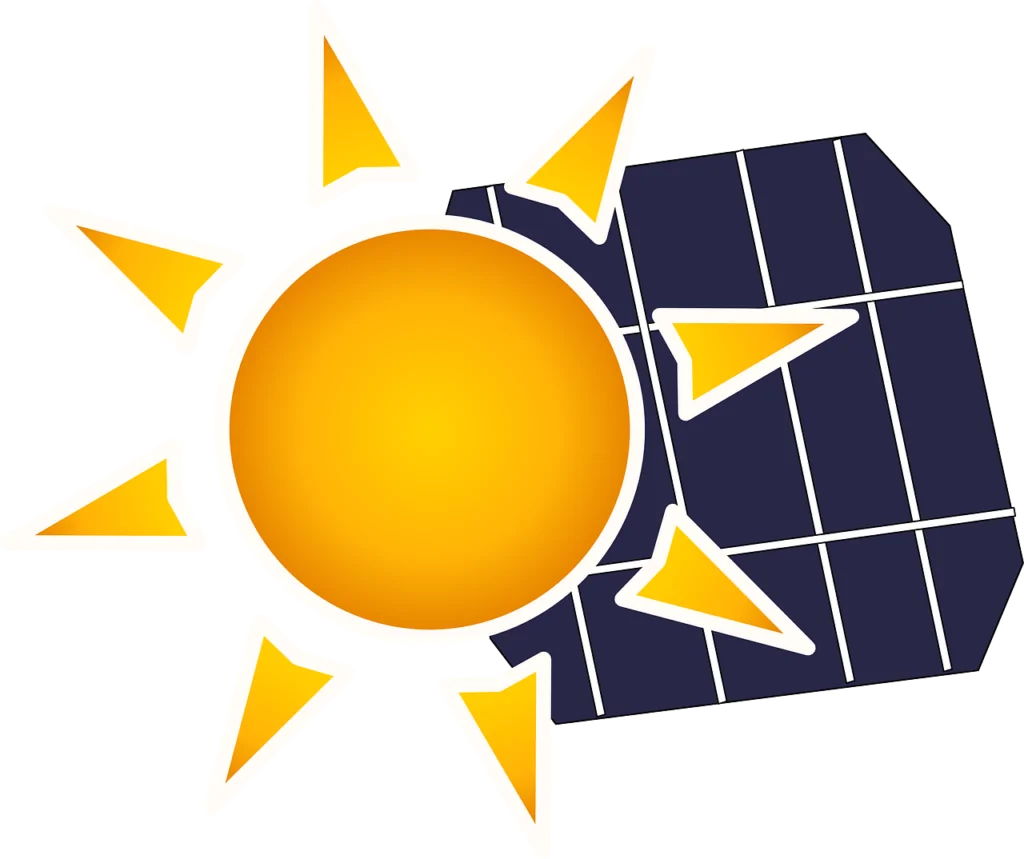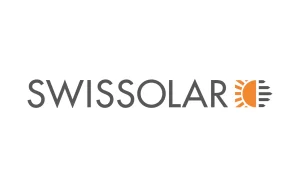Find out what equipment is needed for a building-integrated photovoltaics system to work and learn more about this type of solar roofing system.
2021 saw a record amount of growth for residential solar power installations. As there has been a steady increase of improvements and efficiency made to solar roof systems in the last few years, it’s no wonder that eco-conscious homeowners are seeking out solar energy solutions. Rooftop photovoltaics systems can both help lower the cost of utilities and protect your dwelling from the elements.
The newest innovation in rooftop solar is building-integrated photovoltaics (BIPV). Unlike conventional solar panels attached to an existing roof, BIPV functions as a complete, long-lasting premium roof, while also delivering solar power.
But what equipment is needed for a building-integrated photovoltaics system to work? Keep reading to learn more about this type of solar roofing system.

HOW IT WORKS
A rooftop photovoltaics system consists of a fully-integrated, dual-material system. The main building components combine roofing materials and solar modules into a singular functioning unit. While it acts as a roof, and completely covers the roof area from edge to edge, it also utilizes high-quality photovoltaics to capture solar energy.
The electrical current generated from the active shingles can produce enough energy to power your home. Occasionally, you may even have the option to store excess energy collected in batteries for later use or to sell back to the utility company for credit. Like any solar solution, a building-integrated photovoltaic system helps reduce the dependence on the power grid, resulting in a renewable and clean energy source for your home.
COMPONENTS OF BIPV ROOFS
There are a few key components that a building-integrated photovoltaic (BIPV) roof needs to function. These types of solar roofing systems consist of durable interlocking tiles that help to evenly distribute solar energy production. Active (energy-producing) shingles are placed in the most strategic areas, while inactive shingles (or those without solar cells) are placed in areas with less sun exposure. This helps ensure that energy production is maximized per each individual roof, its location, and orientation to levels of sunlight.
BIPV roofs typically consist of the following components:
- Active, energy-producing solar shingles
- Inactive shingles on north-facing or shaded areas
- On-site, cuttable shingles to accommodate vents, skylights, chimneys, etc.
- Many gaskets and special flashing that seal the roof from weather
- Custom hardware that ensures solid attachment to the roof substructure
- Choice of solar electronics under the solar tiles to capture, convert, and even store the solar energy
PROFESSIONAL INSTALLIATION GUIDE
It’s important to note that BIPV shingles are not DIY friendly. These complex solar roofing systems meet specific building certifications, permits, and inspections to install. Since some utility companies have certain regulations against DIY solar installations, it’s best to connect with a certified solar roof installer. Additionally, working with a professional solar roof installer ensures that your rooftop photovoltaics system functions properly and consistently.
Did you know that SunStyle provides training guides, hands-on experience, certifications, and installation support for each of our installation partners? Whether you’re a homeowner with a specific contractor in mind or a roofing professional looking to expand your expertise, join our growing network of installation partners. Contact SunStyle to discuss your options.
For more information about SunStyle’s solar roof, visit sunstyle.com
Power your interest in the future of solar roofing by following us:
Instagram @sunstyle _solar
Facebook @sunstylesolar
LinkedIn linkedin.com/company/sunstylesolar
Youtube @youtube channel


